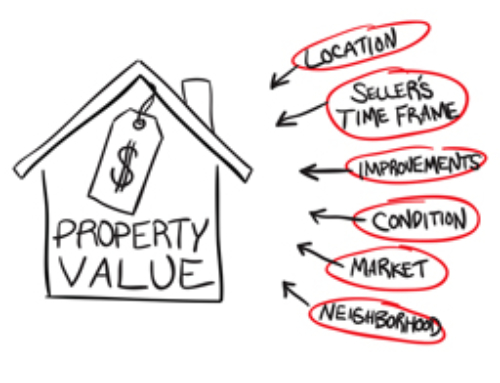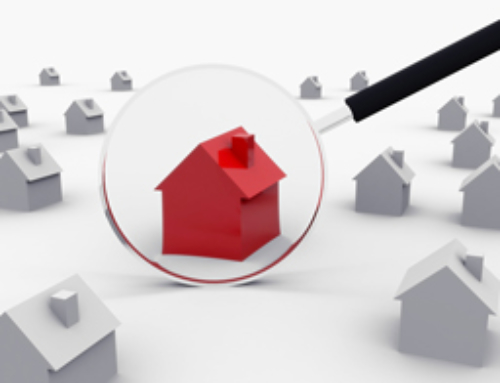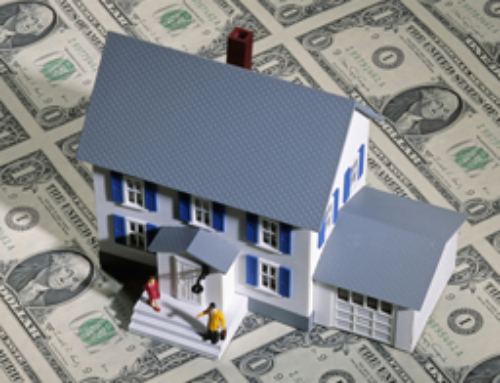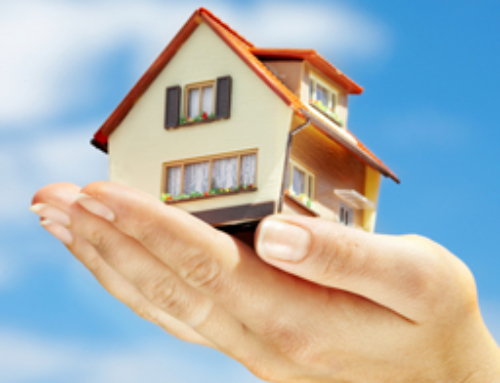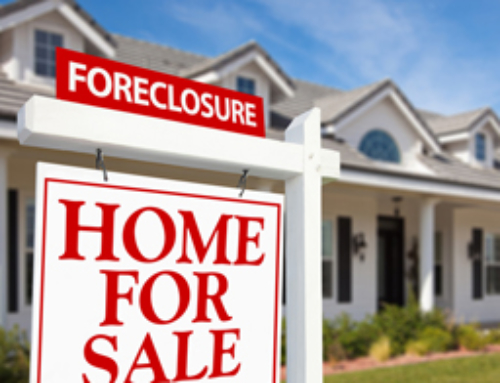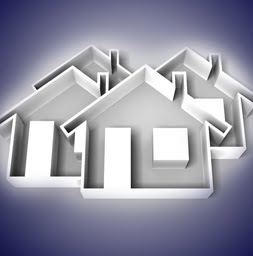 Want to Buy a New House? Beware Developers Hawking Empty Subdivisions
Want to Buy a New House? Beware Developers Hawking Empty Subdivisions
If you’ve been dreaming of living in a brand-new home that no one else has ever lived in, you’re in luck.
Due to the fallout from the Great Recession, including the bursting of an enormous housing bubble, rampant foreclosures, and the lowest mortgage interest rates in half a century, there’s never been a better time to buy a new home.
But choosing the right developer and subdivision is extremely important. If you choose a developer who is financially unstable, or a subdivision with problems, you could find much of your new-home investment going right down the drain.
Before you buy a new home, think through the following issues:
- Where is the home located? Where you buy your new home is critically important. If you’re buying a new single-family home in a subdivision, you’ll want to choose a great subdivision that is well located and then choose an excellent location within the subdivision for your home. In terms of neighborhoods, think school districts, amenities, shopping, and ease of access. When it comes to lots, choose the one that will have the best chance of maintaining its value and will appreciate going forward. Typically, these are lots with views of mountains, water, or golf course holes.
- Is the developer financially sound? These days, big developers might be in good shape financially—or not. Whether you’re buying from a big developer or a small one, you’ll want to check out the builder’s finances and make sure no complaints have been filed with the state agency that regulates builders and developers. Have your attorney open an escrow account that pays out only when the builder reaches certain construction milestones and provides you with signed lien waivers. Insist (in the contract) that the developer or builder keep your funds separate from everyone else’s funds.
- How complete is the subdivision? If the subdivision isn’t almost complete, you could have to pony up extra cash to complete some of the hardscape items, such as the clubhouse, tennis courts, or even roads and light fixtures. If only ten home sites have sold out of a thousand, you may want to take a pass and find a different development. Why? You likely won’t be able to sell your new home until the subdivision is complete.
- How many foreclosures does the subdivision have? These days, if a subdivision is filled with foreclosures, it’s tough to buy a new home for more money. That’s because the price is being set by the foreclosures, not what the developer wants to get for the property. If the area is littered with foreclosures, and you still want to live in the subdivision, you’ll probably do better financially by purchasing a foreclosure and repainting and recarpeting.
While it’s nice to live in a new home that no one else has ever lived in, the risk these days that you could lose a large portion of your investment looms large. Make sure you know the risks before you sign the contract.
Ilyce Glink is a best-selling author, real estate columnist, and web series host. She is the managing editor of the Equifax Finance Blog and CEO of Think Glink Media. Follow her on Twitter: @Glink
READ MORE:
Why Mortgage Lenders Pull Your Credit History Twice
How to Save More Money at Home
Is Now the Right Time to Buy a Vacation Home along the Gulf of Mexico?


